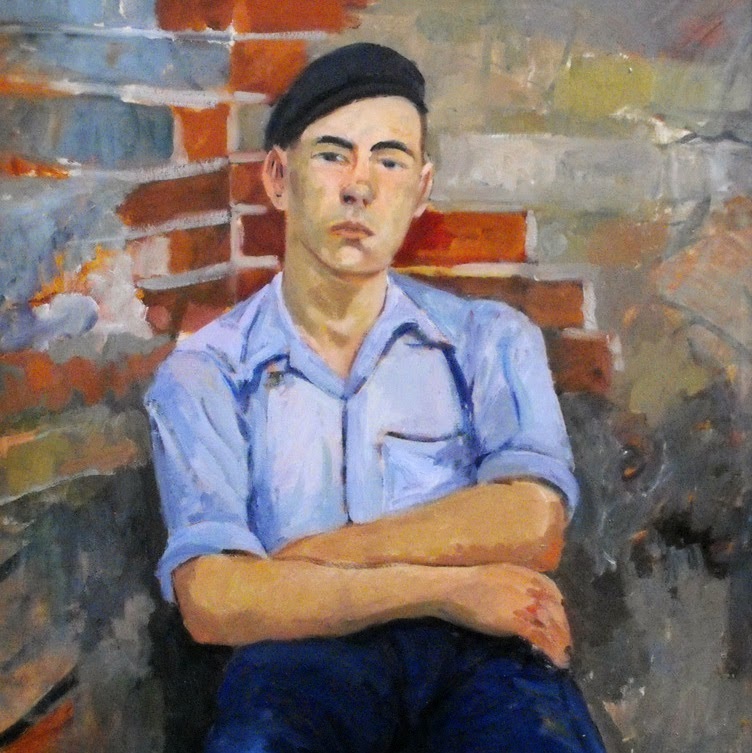Paul Maze

Biographical information
| Roles | Competed in Olympic Games |
|---|---|
| Sex | Male |
| Full name | Paul Lucien•Maze |
| Used name | Paul•Maze |
| Born | 21 May 1887 in Le Havre, Seine-Maritime (FRA) |
| Died | 17 September 1979 (aged 92 years 3 months 27 days) in Midhurst, England (GBR) |
| NOC |  Great Britain Great Britain |
Biography
It is hard to imagine that Paul Maze was French because he was educated in England, was attached to the Royal Scots Greys in World War I, served Britain in World War II and his paintings typified all things British. He was born in Le Havre in France and his tea merchant father was a friend of such well known Paris painters as Dufy, Money, Pissarro and Renoir. The young Maze learnt the art of painting under the guidance of some of France’s finest artists.
In 1899 Maze moved to Southampton in England to further his education and his love of England became an inspiration behind many of his paintings. During World War I he served with the French Army, but was attached to the Scots Greys after they landed at Le Havre and he became an interpreter and artist. During the war he met Winston Churchill and, sharing their love of painting, Maze helped Churchill with his hobby and became a mentor to him. Maze and the great man became lifelong friends.
Maze became a naturalised British citizen in 1920 and many of his works subsequently depicted events in his newly adopted country, including the Funeral of George VI, Henley Royal Regatta, Glorious Goodwood, Cowes Week and the Trooping of the Colour. Having painted the funeral of King George VI in 1952, he was appointed the Official Painter of Queen Elizabeth II’s Coronation the following year. Maze served with the British Army in the Second World War with the Home Guard before becoming the personal Staff Officer to “Bomber” Harris, Air Officer Commander-in-Chief RAF Bomber Command. Maze retired from the Army in 1945 having been honoured with the Distinguished Conduct Medal and Military Medal and bar by the British, and the Croix de Guerre and Légion d’honneur by the French. Harris, like Churchill, became a lifelong friend of Maze’s.
A master at pastel painting, Maze also worked with oils and watercolours and his paintings appeared at exhibitions in all the world’s great cities including London, Paris and New York. Maze died in 1979 with a pastel in his hand looking out onto his beloved Sussex Downs. He was described as the last of the Impressionists and his life and friendships were recorded in his biography by Anne Singer entitled Paul Maze – the Lost Impressionist published in 1983.
Cowes Roads is the water off the mouth of the River Medina, where the town of Cowes is located. There is a painting by Maze entitled Isle of Wight Ferry Passing Through Cowes Roads. This is a watercolor, however, while the entry in the catalog suggests it to be an oil painting. Among his few oil paintings of the town is Cowes (oil on wood, 68.5 x 63.5). Watercolors showing Racing Yachts at Cowes are too numerous to identify the one submitted. That painting was owned by the Earl of Sandwich, who was another friend of Maze. The lender of Cowes Roads was his son, the Viscount Hinchingbrooke.
Results
| Games | Discipline (Sport) / Event | NOC / Team | Pos | Medal | As | |
|---|---|---|---|---|---|---|
| 1948 Summer Olympics | Art Competitions |  GBR GBR |
Paul Maze | |||
| Painting, Paintings, Open (Olympic) | ||||||
| Painting, Paintings, Open (Olympic) |